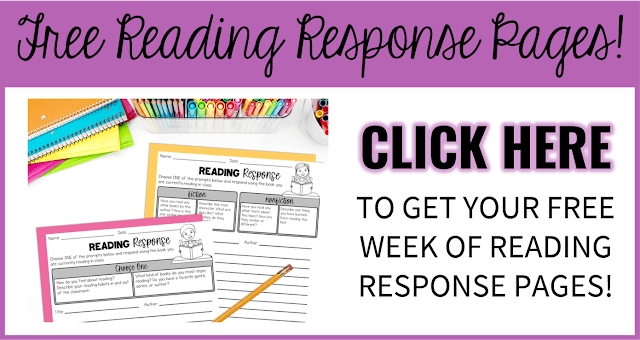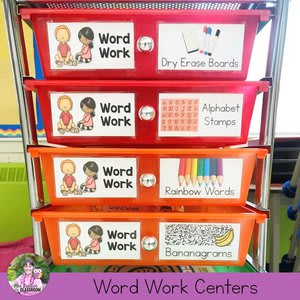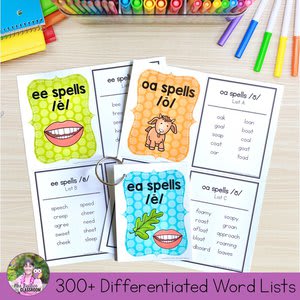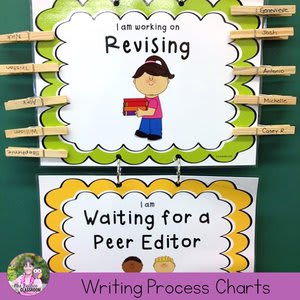A constructed response strategy like RACE or RACES is a great way to support your students when responding to reading. Since many state and provincial assessments expect these types of responses, it is essential that we explicitly teach students how to answer them! This post shares why I've chosen the RACES strategy and how to introduce and implement it in your classroom.
What does RACES stand for?
RACES is an acronym designed to help students remember the essential parts of reading response. Some classrooms don't include the S, but I think it is a necessary bridge to longer-form essay writing. The RACES acronym stands for:
Answer
Cite
Explain
Sum it up
How to introduce and implement RACES
Let's take a closer look at each of the parts:
Restate and Answer the Question
For me, the first two parts of the RACES strategy work hand in hand. Students should use words from the question in a statement form that answers the question.
For example, if the question asked, "Who is your favorite character in the book you are reading?" the students should begin their response using something like this:
The text reads: "In the book Holes, my favorite character is Zero because he is brave."
The student has both used words from the question (Restate) and given their answer.
Cite the Evidence
The next part of the strategy requires students to cite the evidence that supports their answers.
In the case of the example above, students will need to find a place in the text that proves that Zero is brave. They may write something like:
The text reads: "In the book Holes, my favorite character is Zero because he is brave. On page 144, Zero explains that his mother left him in the park and didn't return. He told Stanley that he lived there for a month before someone found him."
Depending on the standards or expectations in your curriculum, you may expect your students to either paraphrase the text or use direct quotes here.
Explain Your Thinking
In this part of the process, students explain the evidence they just cited.
This is the perfect place for students to answer the question So what? and say why the evidence matters. I also tell my students that this is a great place to include their opinions and feelings about the content by making personal connections to the story or text.
The text reads: "In the book Holes, my favorite character is Zero because he is brave. On page 144, Zero explains that his mother left him in the park and didn't return. He told Stanley that he lived there for a month before someone found him. Being a child all alone in a strange place would be a scary experience. I remember a time when I woke up and couldn't find my parents. I ran around the house looking everywhere for them and started to cry when I couldn't find them anywhere. It turned out they had crossed the road to talk with our neighbor. I can't imagine being alone for a whole month."
The student has explained a personal connection directly related to the character's bravery mentioned in their answer.
Sum It Up
In this optional part of the RACES strategy, I teach my students to return to their topic sentences and use different words to say the same thing.
For the response above, the student might write:
The text reads: "In the book Holes, my favorite character is Zero because he is brave. On page 144, Zero explains that his mother left him in the park and didn't return. He told Stanley that he lived there for a month before someone found him. Being a child all alone in a strange place would be a scary experience. I remember a time when I woke up and couldn't find my parents. I ran around the house looking everywhere for them and started to cry when I couldn't find them anywhere. It turned out they had crossed the road to talk with our neighbor. I can't imagine being alone for a whole month. In summary, because Zero is brave like me, he is my favorite character in the book Holes."
Model responding to reading, then practice, practice, practice
I use every opportunity I can to help my students practice this strategy.
We spend time orally answering questions by restating them and giving answers. We guess what a question might have been by reading the topic sentence of a reading response sample. I spent many lessons walking students through modeled reading responses based on our class read-aloud. We look (anonymously) at student work samples and identify the parts of the RACES strategy in their responses. We also build a Bump It Up Wall to explicitly display the qualities of a good response and show examples of how to improve student work.
Having this RACES strategy established as regular practice from the beginning of the school year puts students in an excellent position to respond to reading questions on state or provincial assessments in the spring.
If you'd like a copy of the RACES strategy poster I used in this post, it is part of my full-year Reader's Notebook and Reading Response resource.
The poster is also part of a free one-week sample of this resource, which you can grab here:
If you've enjoyed this post, please share it with friends and colleagues on Facebook or pin it on Pinterest:


.png)
.png)
.png)
.png)
.png)
.png)
.png)
.png)
.png)

















.png)




No comments
Connect with me!! I love reading your comments and will respond as soon as I can!
Note: Only a member of this blog may post a comment.